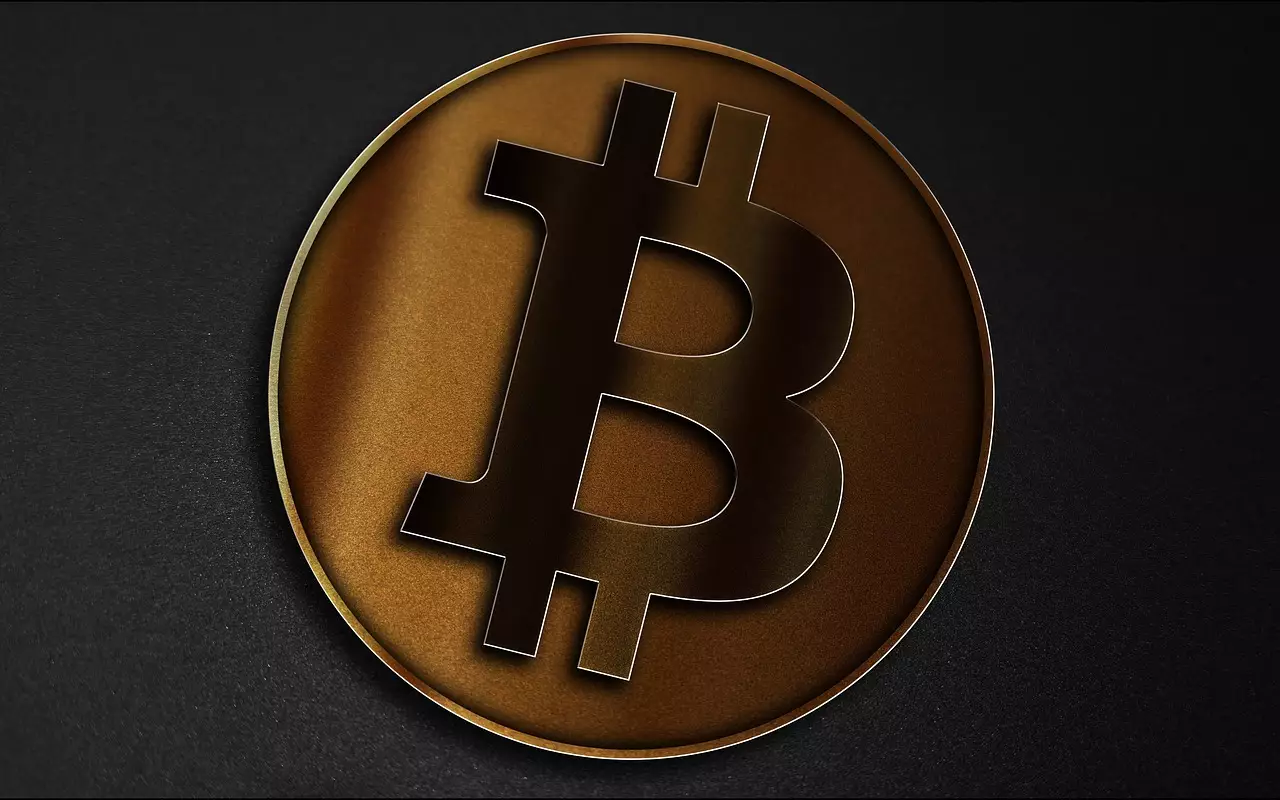Bitcoin’s recent rally has ignited a new wave of optimism among investors, but beneath the surface, this surge may be more of a mirage than a sustainable trend. The cryptocurrency’s upward momentum, driven by institutional inflows and technical chart patterns, paints a picture of a looming breakout that could propel Bitcoin to staggering heights—potentially 52% higher in just three months. But such predictions must be approached with skepticism. Markets are inherently unpredictable, and the allure of Fibonacci extensions, while interesting, do not guarantee future results. The narrative surrounding Bitcoin’s imminent climb often oversimplifies complex market dynamics, luring even seasoned investors into overconfidence.
The recent push toward nearly $111,000 echoes a pattern where technical analysis appears to align perfectly with popular forecasting models. However, treating these models as crystal balls invites peril. The narrative that Bitcoin is on a trajectory to $166,754 or higher without considering macroeconomic variables, regulatory risks, and potential market shocks is dangerously optimistic. History demonstrates that crypto markets are prone to sudden reversals, often fueled by black swan events or shifts in institutional sentiment. The assumption that past Fibonacci levels will invariably echo into the future blinds investors to the inevitable contingencies that can derail even the most promising technical setups.
Fibonacci Projections: Helpful, But Not Infallible
The reliance on Fibonacci extensions to justify bullish targets, such as the projected $166,754, reveals a theological obsession with pattern recognition rather than a pragmatic approach. While these levels have historically marked significant turning points in Bitcoin’s price, they are not infallible indicators. Markets do not follow a strict mathematical script; they are impacted by a multitude of interconnected factors. Relying solely on Fibonacci ratios is akin to believing that a pattern found in nature guarantees a similar pattern in financial markets. A notable flaw is that these models often adjust dynamically after the fact to fit the narrative, creating a false sense of certainty.
Furthermore, the ongoing cycle, which began in late 2022, demonstrates the unpredictable rhythm of crypto markets. The cycle has dragged on longer than typical, raising questions about whether historical parallels remain relevant. Can one truly depend on Fibonacci extensions when the cycle’s DNA has been altered by external shocks, regulatory crackdowns, or macroeconomic turbulence? The answer is clear: while Fibonacci levels offer insight, they should not be mistaken for prophecy. An overreliance on such tools can foster complacency, leaving investors exposed when reality diverges sharply from theoretical expectations.
The Reality of an Extended Cycle and Overhyped Predictions
Bitcoin’s current extended cycle—almost three years in the making—challenges the traditional notion of cyclical peaks and troughs. This prolonged period of consolidation and gradual appreciation suggests a market increasingly influenced by macro forces rather than purely technical factors. While some proponents see this as a sign of maturity, others warn it signals overheating or a speculative bubble waiting to burst.
The idea that Bitcoin could reach $254,162 at the 6.618 Fibonacci extension level might seem thrilling, but it overlooks the fundamental question of sustainability. Markets driven by hope and technical targets often ignore underlying economic realities. Institutional interest appears strong now, but can it sustain the wave amid rising geopolitical tensions, inflation concerns, and regulatory threats? The crypto space has a history of rapid reversals after periods of exuberance, and attempting to chase ever-higher targets without considering macro and micro risks is a gamble, not a strategy.
In truth, Bitcoin’s impressive price action is a testament to the resilience of its narrative. Yet, as with all speculative assets, this strength should be approached with caution. The market’s current narrative may be motivated by momentum traders and algorithmic bots rather than genuine institutional conviction. If the fundamentals shift even slightly, the bullish phase could unravel as quickly as it emerged. The real challenge lies in distinguishing between a genuine trend and a speculative bubble fueled by wishful thinking. Investors who indulge in overly optimistic forecasts risk becoming trapped in a false sense of security, blindsided when market realities reassert themselves with force.

